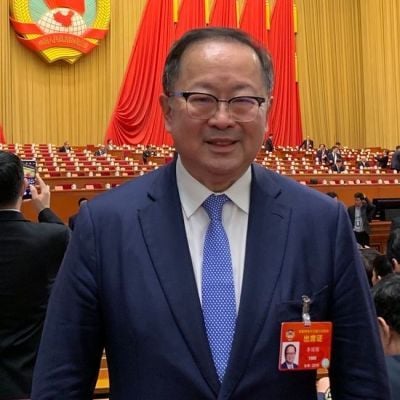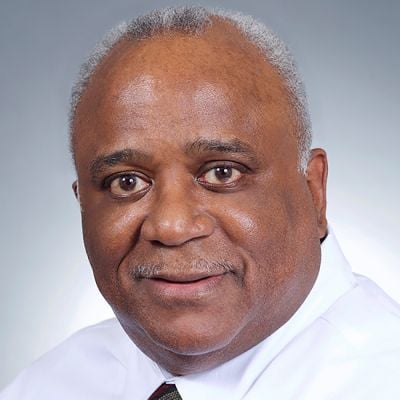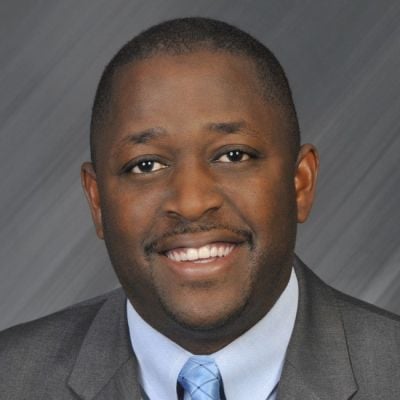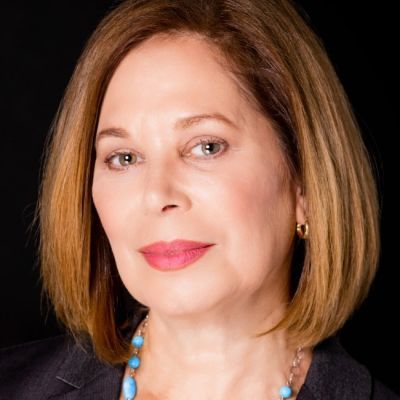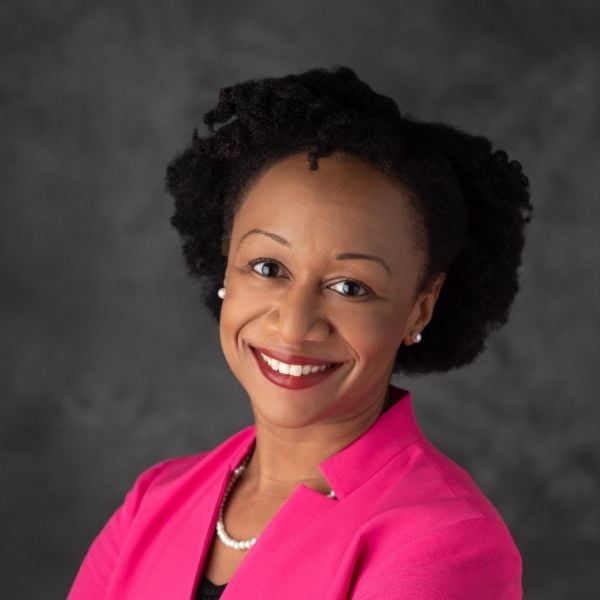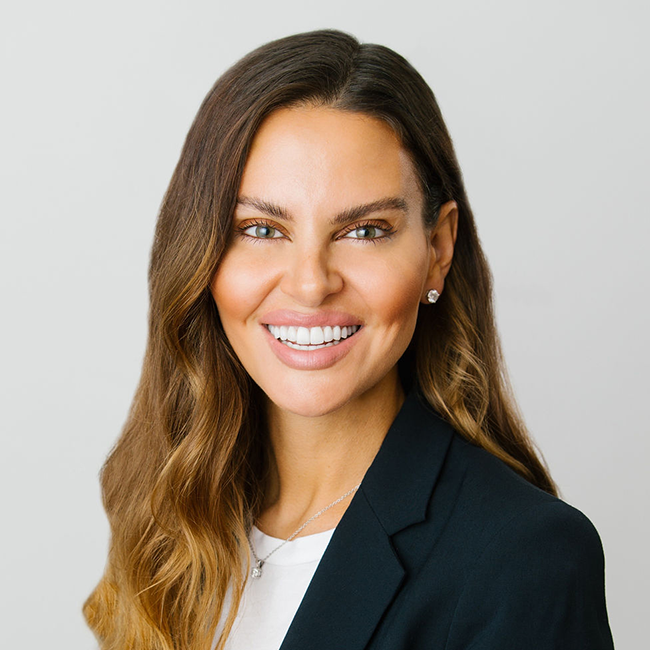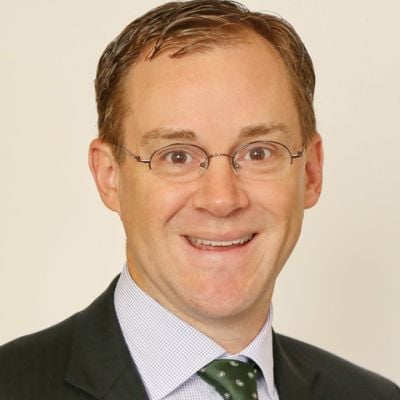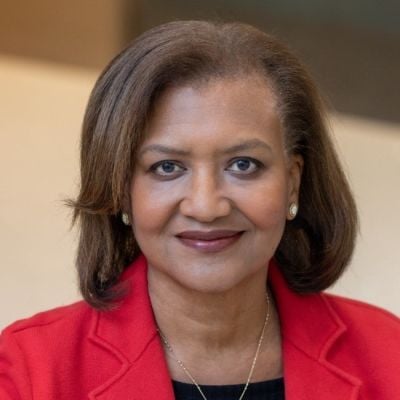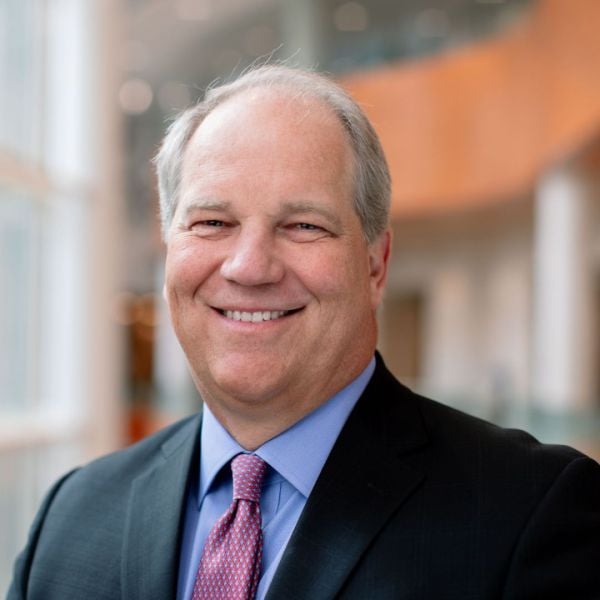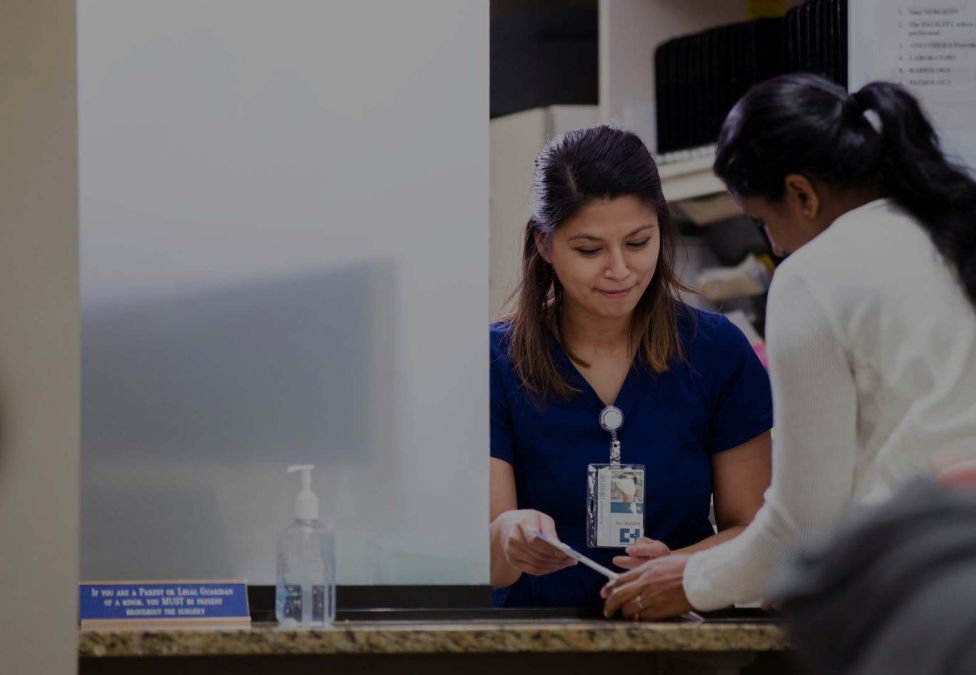
When every member of the United Nations signed on to the Astana Declaration in October 2018, it offered a new commitment to making comprehensive primary care available and accessible to all—to every single person, irrespective of relative wealth or poverty. That very visible commitment by national governments, development partners, and professions was heartening and hopeful.
The COVID-19 pandemic exposed inequities in health care across the globe, in terms of access to appropriate testing and treatment and in terms of access to essential vaccinations when they became available. As family doctors, we pursue the achievement of access to comprehensive primary care for everyone. Not every illness or disease requires hospital treatment. In fact, more than 80 percent of routine illnesses, diseases, and chronic conditions can be more appropriately managed in a community setting with the support of a family doctor and primary care team.
Addressing health inequities has to be the biggest challenge we face if we are to achieve the promise of our nations for universal health coverage. Of course, achieving universal health coverage requires more than high-profile commitments. It requires resource commitments of money and people to train the professionals who make up the primary care teams. It requires the foresight and planning to assess and anticipate the numbers of each professional group needed to serve the population. It needs political leadership to follow through on a longer-term goal, when political goals tend to be short-term and election-led. And in those countries that continue to need financial and technical support for their health systems, it needs commitment of the development partners "to put their money where their mouth is” and preferentially support establishment and expansion of programs that will deliver comprehensive primary care.
Strengthening the primary care system will reduce the inappropriate demand on secondary care services, by addressing most health needs earlier and more appropriately.
To achieve universal health coverage, we need to be working together, across nations and regions, to ensure that the cadres of professionals who make up primary care teams are being recruited, trained, and offered professional development so that they can provide the range of primary care services necessary to ensure that population groups have their health needs addressed appropriately and remain productive. As we come through the worst of the effects of the pandemic, we need to revise our view of our health systems. A health system based on accessibility to comprehensive primary care (rather than secondary care) delivers the best health outcomes, at a lower cost, and builds long-term trust between a primary care team and their patients. Of course, secondary care services will be needed, but they are needed to support patients who cannot be supported in the primary care system. Strengthening the primary care system will reduce the inappropriate demand on secondary care services, by addressing most health needs earlier and more appropriately.
As family doctors write around the world, we need to get that message across loud and clear and at every possible opportunity. We must use our collective and individual voices to persuade, to convince, to influence, and to show the way. We know the components of a good primary care strategy. We understand how different professional cadres can work together to achieve the best health outcomes in a community. We understand the complexities of providing health care to people from "the cradle to the grave" and all the major life events in between. Our knowledge of our patients and their trust in us is developed over a lifetime.
Piecemeal development will not achieve the goal, especially when it is not supported by professional development of primary care team members. We need a quantum shift in emphasis towards creating the platform for delivering comprehensive primary care for everyone.
As in many other facets of life, most family doctors adopted technical changes during the pandemic. And while these changes facilitated communication, they could never replace our face-to-face contacts. Delivery of primary care had to adapt and change to suit the prevailing need for caution and protection, both of patients and health professionals. Virtual consultations cannot and will not ever completely replace face-to-face consultations. But there are occasions and circumstances when a virtual consultation is exactly what is needed or what is most appropriate. We need to be open to the opportunities presented by new means of delivering care directly to our patients and embrace those opportunities where they make achievement of universal health coverage a reality. The evidence supports the premise; implementation is now key.
